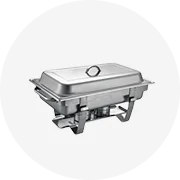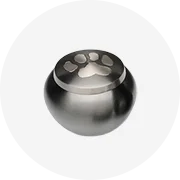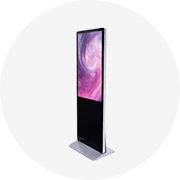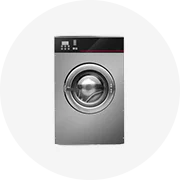
Công suất cao 10L Thiết bị làm sạch 28k 300W máy giặt đồ trang sức công nghiệp siêu âm Thiết bị làm sạch















Bán buôn máy lau có khả năng giặt một lượng lớn đồ giặt, nhờ vào phạm vi cài đặt toàn diện so với máy giặt thông thường. Phù hợp với tải trọng lớn hơn, máy sấy thương mại có động cơ và hệ thống truyền động cao cấp.
Máy giặt và máy sấy vận hành bằng đồng xu để bán là máy giặt tự phục vụ, rất dễ sử dụng và tất cả những gì người dùng cần làm là trả một số tiền tối thiểu để vận hành máy giặt và máy sấy cho đồ giặt. Một máy giặt và máy sấy công nghiệp có công suất từ 60 pound đến 485 pound. Chúng rất thích hợp cho các tiệm giặt là, vì nó giặt và làm khô một lượng lớn đồ giặt cùng một lúc.
Trong khi đó, máy giặt và máy sấy thương mại có thể xếp chồng được thiết kế để hoạt động hiệu quả và tiết kiệm chi phí. Các máy lau này vừa khít với nhau, với hai phần thiết bị trong một không gian nhỏ. Ngoài giá cả phải chăng, một máy giặt và máy sấy thương mại được bán để tiết kiệm không gian và thời gian quý giá có thể được dành cho các nhiệm vụ quan trọng khác. Máy giặt thương mại tải trước cũng hiệu quả và dễ sử dụng. Nó có thể sử dụng một phần ba lượng nước, năng lượng và chất tẩy rửa so với các keyword máy giặt khác. Nhiều người cũng trang bị cho ngôi nhà của họ bằng cách chọn một máy giặt và máy sấy thương mại chất lượng để sử dụng trong nhà. Nó có tất cả các công suất của máy thương mại trong khi đủ nhỏ để phù hợp với một căn hộ trung bình.